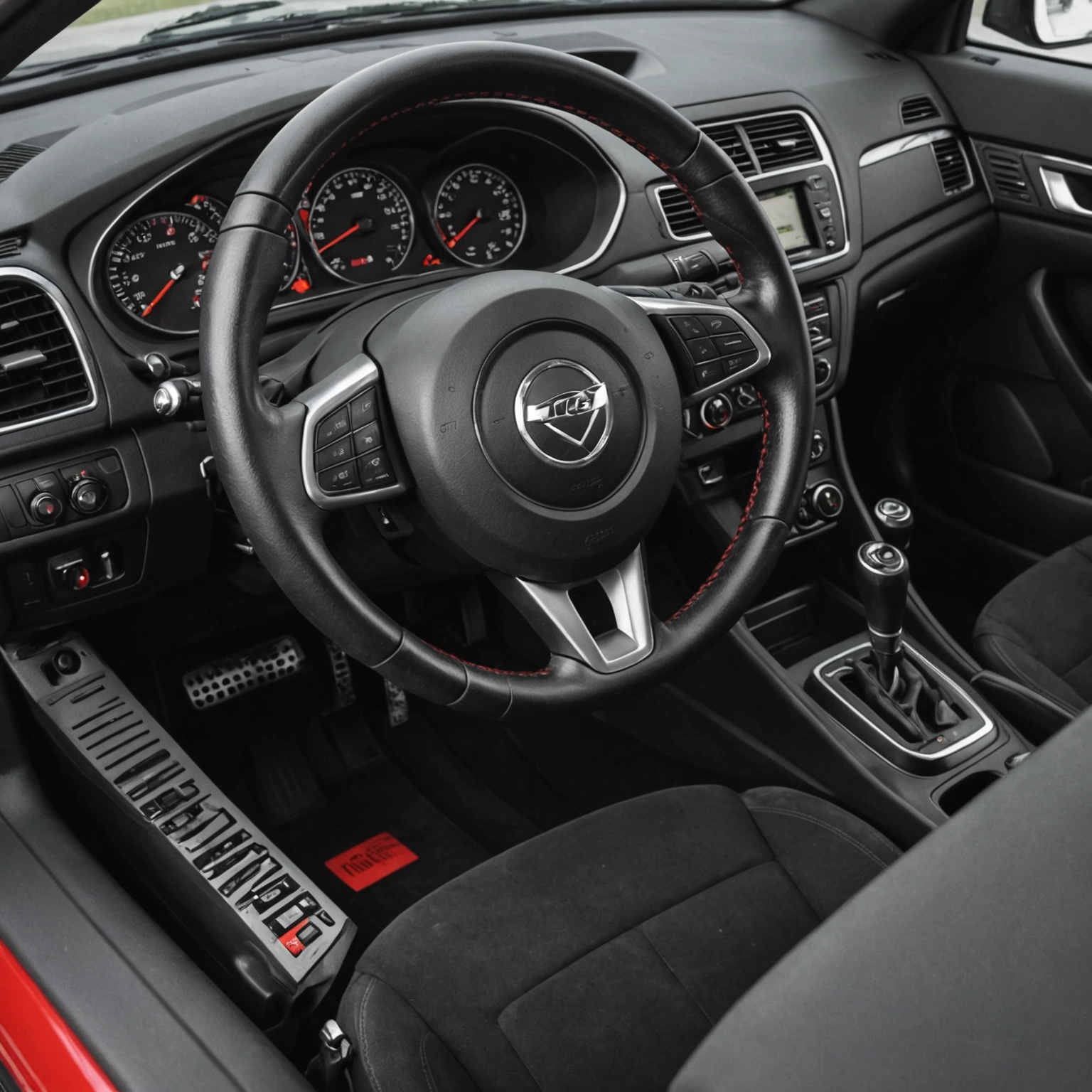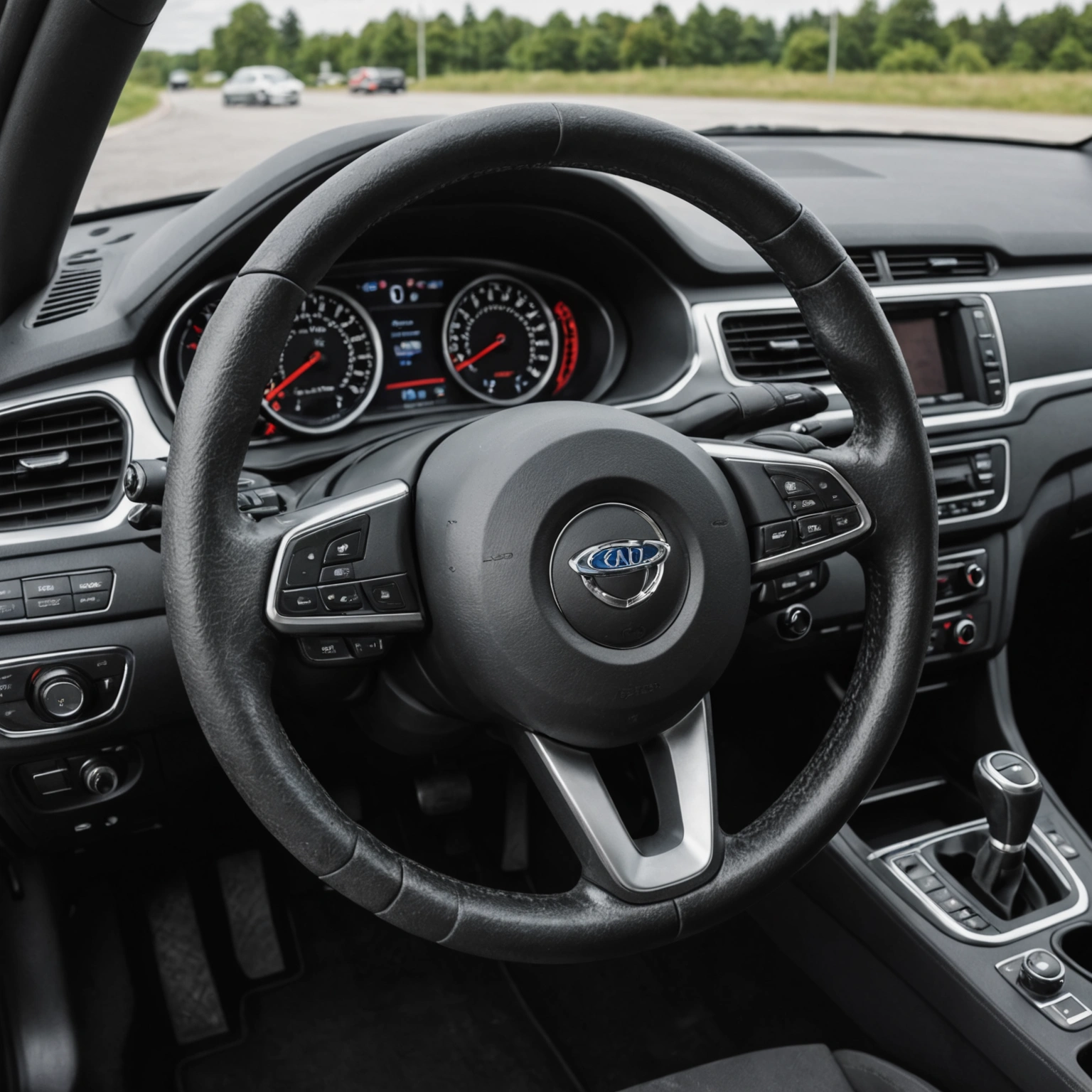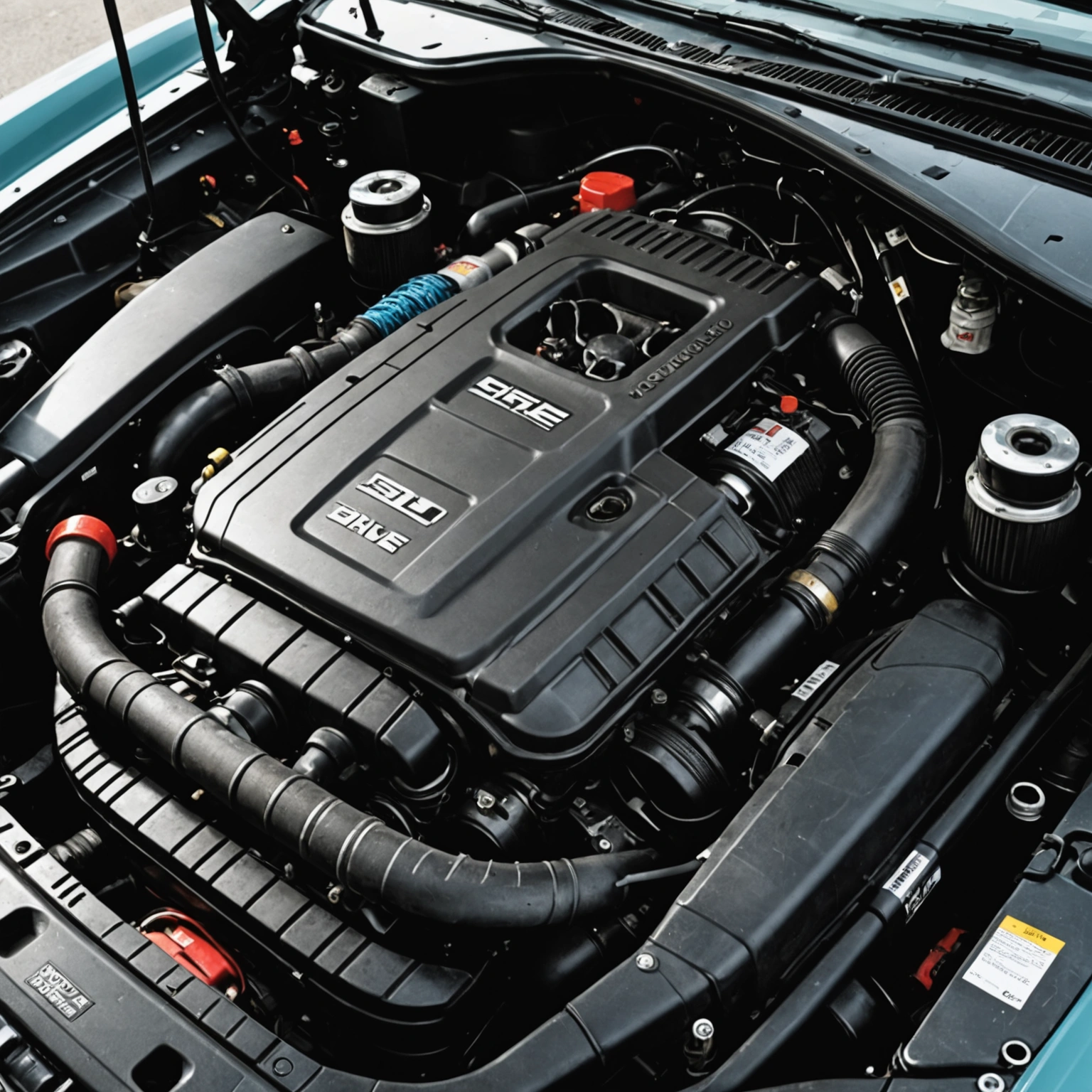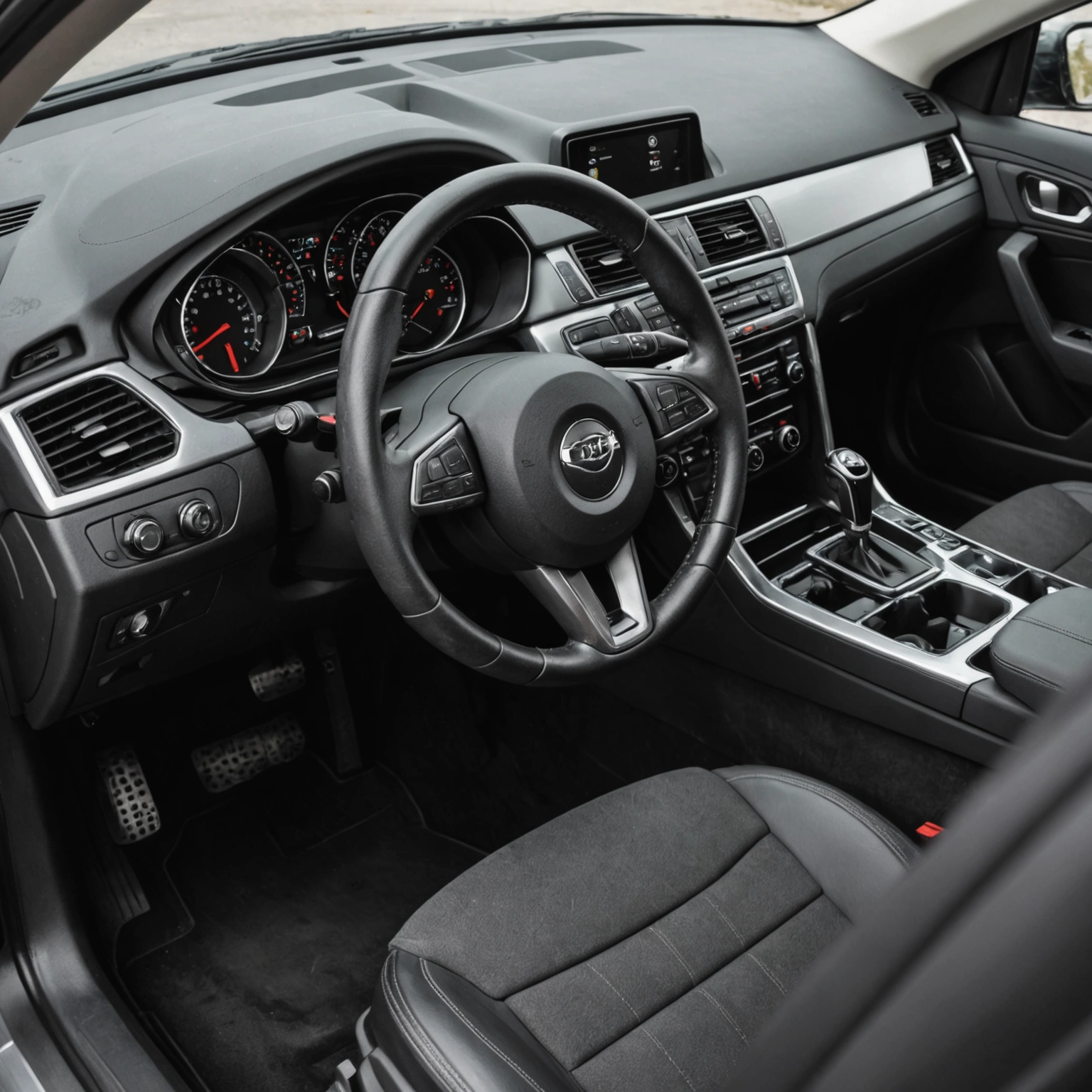**Why Does My Car Idle Rough in Drive? Understanding the Causes and Solutions**
If you’ve noticed that your car idles roughly when in drive, it can be both unsettling and concerning. A rough idle can lead to decreased fuel efficiency, increased emissions, and ultimately, more costly repairs if left unaddressed. Understanding the common causes of this issue can help you diagnose the problem and determine whether you can fix it yourself or need professional assistance.

### Common Causes of Rough Idle in Drive
1. **Dirty or Faulty Idle Air Control Valve (IAC)**

– The IAC regulates the amount of air entering the engine at idle. If it’s dirty or malfunctioning, the engine’s idle speed can become irregular, causing roughness or stalling.
2. **Clogged or Dirty Fuel Injectors**

– Fuel injectors deliver fuel to the engine. Over time, they can become clogged with deposits, resulting in inconsistent fuel delivery, which causes rough idling, especially noticeable in drive.
3. **Vacuum Leaks**

– Leaks in vacuum hoses or intake manifold gaskets can disrupt the air-fuel mixture, leading to rough idling and poor engine performance.
4. **Ignition System Issues**
– Worn spark plugs, faulty ignition coils, or spark plug wires can cause misfires, leading to rough idle when the engine is in gear.
5. **Dirty or Failing Mass Air Flow (MAF) Sensor**
– The MAF sensor measures incoming air to help the engine control module (ECM) adjust fuel delivery. A dirty or faulty MAF sensor can cause incorrect readings, resulting in rough idle.
6. **Exhaust System Blockages or Sensor Failures**
– Problems such as a failing oxygen sensor or catalytic converter issues can affect the engine’s ability to run smoothly.
7. **Transmission-Related Causes**
– Sometimes, rough idling in drive may be related to the transmission, especially if the torque converter isn’t functioning correctly or if there are transmission fluid issues.
### Diagnosing the Issue
– **Check for Warning Lights:** If the check engine light is on, use an OBD-II scanner to retrieve trouble codes, which can point directly to the source of the problem.
– **Listen for Unusual Sounds:** Misfires or knocking sounds can indicate ignition or fuel issues.
– **Inspect for Visible Leaks or Damage:** Check vacuum hoses and air intake components for cracks or disconnections.
### When to Seek Professional Help
While some minor maintenance tasks, like replacing spark plugs or cleaning the IAC valve, can be performed by confident DIYers, more complex issues—such as sensor failures or vacuum leaks—are best handled by automotive professionals. If your rough idle persists despite basic maintenance, a certified mechanic can perform comprehensive diagnostics to pinpoint and resolve the problem.
### Preventative Tips
– Regularly replace spark plugs and air filters.
– Use quality fuel and consider fuel system cleaner treatments periodically.
– Keep up with routine maintenance and inspections to catch issues early.
– Address check engine lights promptly to prevent further damage.
—
**In Summary:**
A rough idle in drive can stem from various issues, including sensor failures, fuel delivery problems, vacuum leaks, or ignition system faults. Proper diagnosis is crucial to identify the root cause and ensure your vehicle runs smoothly. If you’re unsure or uncomfortable performing diagnostics yourself, consult a professional mechanic to keep your car running reliably and efficiently.
—
*Stay safe on the road, and don’t ignore rough idling—timely maintenance can save you money and prevent breakdowns!*

